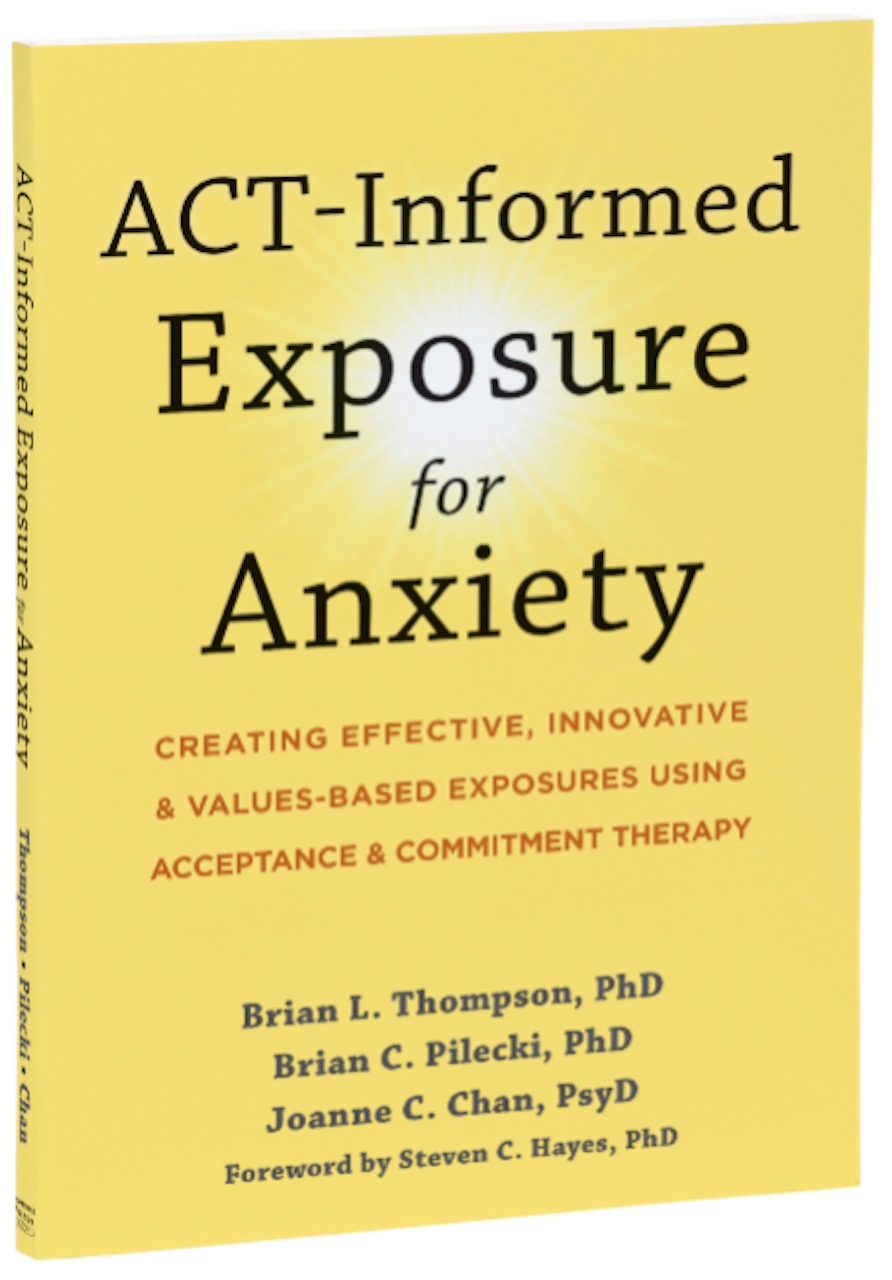Unlocking the Full Potential of Exposure Therapy: Are Therapists Neglecting Key Techniques?
Mar 27, 2023
In a previous blog post, I wrote about general therapist discomfort with exposure therapy, one of the most effective treatments for anxiety and obsessive-compulsive and related disorders. Here I’ll focus on therapist avoidance of specific types of exposure.
In exposure therapy, there are 3 types of exposure:
- In Vivo: Latin for “in life,” in vivo exposures involve exposure to external stimuli (e.g., people places, items).
- Imaginal: Imaginal exposure involves writing or saying aloud triggering content. For someone being treated with PTSD, it is usually a traumatic memory—something that has happened in the past. For other types of anxiety and obsessive and compulsive and related disorders, imaginal exposure usually involves what someone is afraid will happen in the future (e.g., dying, jail, ostracized by others, institutionalized).
- Interoceptive: Interoceptive exposure, often used for panic disorder, involves engaging in brief exercise such as hyperventilation to evoke triggering bodily sensations (e.g., racing heart; dizziness; nausea, derealization).
But to what degree do therapists utilize the full spectrum exposure?
One recent study by Gagné and colleagues that came out of Canada examined therapist preference for using in vivo and imaginal exposure in treating OCD. The researchers asked a sample of 200 therapists with experience treating OCD to read online clinical vignettes about a male with OCD struggling with a “repugnant obsession” that might include fears about harming self or others, religion, sexual orientation, or pedophilia. They then indicated whether they would encourage the client to engage in exposure and response prevention (ERP) using imaginal or in vivo exposure as described in the vignette. If not, they were asked to select their reason for not using imaginal or in vivo exposure from a list of options.
Therapist comfort with recommending imaginal or in vivo exposure varied by obsessions. Therapists were less comfortable with in vivo exposure for obsessions related to harm, sexual orientation, and religion. For clients who struggle with obsessions that they might be a pedophile, therapists expressed discomfort with both types of ERP exercises.
In sum, therapists seemed less comfortable using in vivo compared to imaginal exposure. The main reason therapists cited for favoring imaginal over in vivo is that in vivo aren’t necessary for treatment. They also suggested clients could be harmed by in vivo exposure. Because clients may benefit from a variety of types of exposure, the researchers conclude that “Therapists may not be utilizing ERP to its full potential.”
This finding is concerning because it suggests OCD clients may not be getting as effective treatment as they could for OCD. We already know that therapist discomfort in general is related to suboptimal treatment of exposure therapy in general (Farrell, Kemp, Blakey, Meyer, & Deacon, 2016; Scherr, Herbert, & Forman, 2015).
In acceptance and commitment therapy (ACT), exposure is a method for bringing up uncomfortable thoughts, feelings, and bodily sensations that typically result in a narrowing of client’s ability to respond (e.g., avoidance) in order to practice psychological flexibility. In ACT-informed exposure, these types of exposure allow you and the client to reliably and predictably trigger experiences they struggle with in order to practice more flexible responding.
From an ACT perspective, exposure can be an incredibly potent technique for helping clients strengthen psychological flexibility. However, when therapists are low in psychological flexibility, they may be overly cautious in their use of exposure—or may avoid it altogether.
As we note in our book on ACT-informed exposure for anxiety:
“In ACT-informed exposure, the goal of the therapist is to help clients learn to willingly remain in contact with previously avoided thoughts, feelings and bodily sensations in order to practice new ways of responding. This requires willingness on the part of the therapist to experience their own discomfort.”
As ACT can increase flexibility of client and therapist alike, we suggest that ACT may facilitate greater therapist flexibility in conducting exposure. With its emphasis on use of metaphors, experiential exercises, and processes linked to behavior change, ACT offers an expanded toolkit to help exposure therapists. Consequently, if you find yourself reluctant with exposure, you might apply ACT skills to increase your own flexibility with exposure.
Author: Brian Thompson, PhD
ACT-informed Exposure Therapy is out May 1, 2023. Click here to pre-order!
If you liked this post, check out Dr. Thompson's workshop on ACT-Informed Exposure this April: A Practical Guide to Applying ACT-informed Exposure
Learn more about our live, virtual, and accredited courses from the best minds in evidence-based therapy and Acceptance & Commitment Therapy (ACT), brought to you by Portland Psychotherapy Training.
Join our mailing list!
Subscribe and get curated research reports, essays, and special course offers – right to your inbox.
We hate SPAM. We will never sell your information, for any reason.


